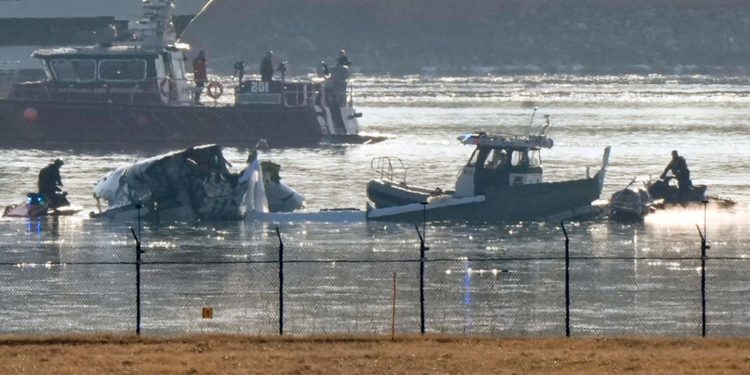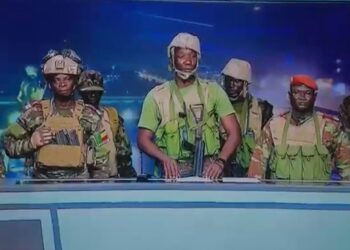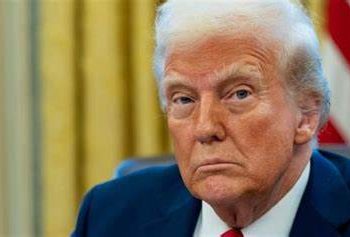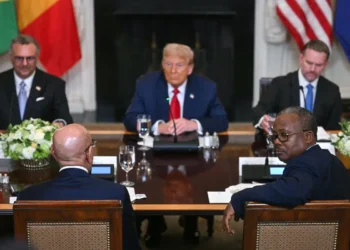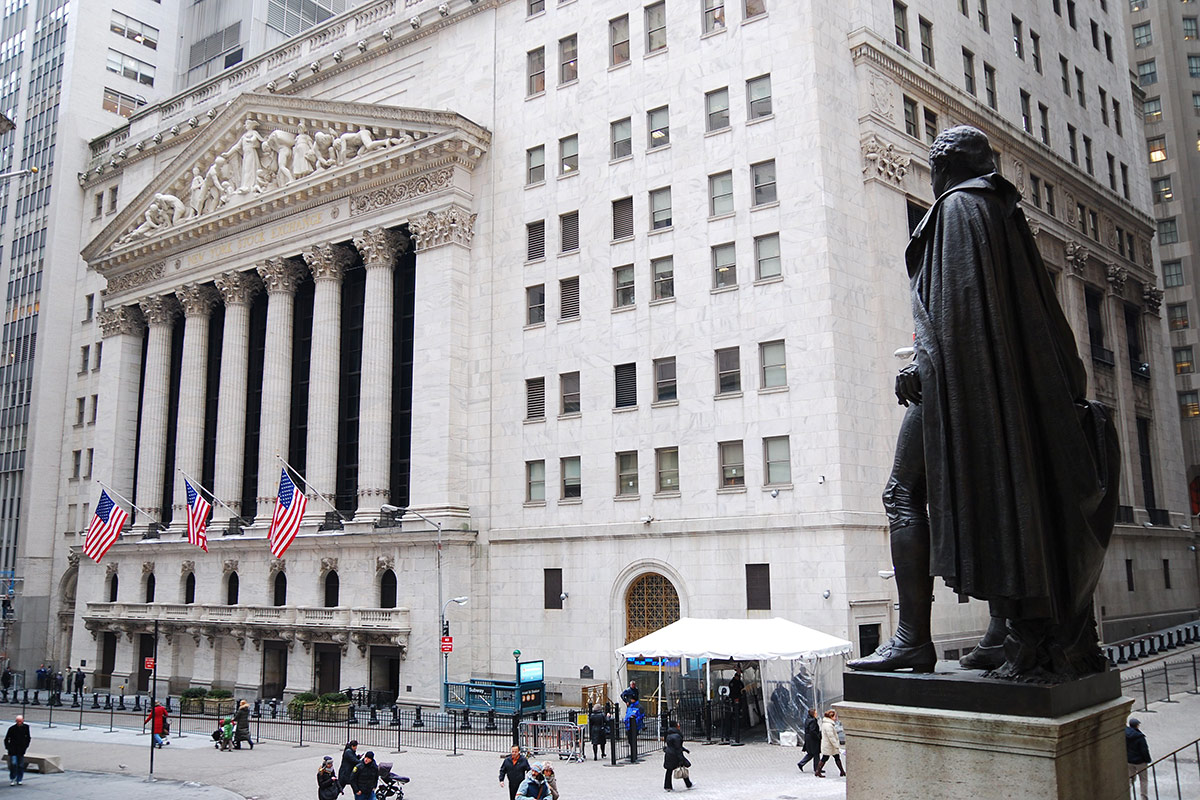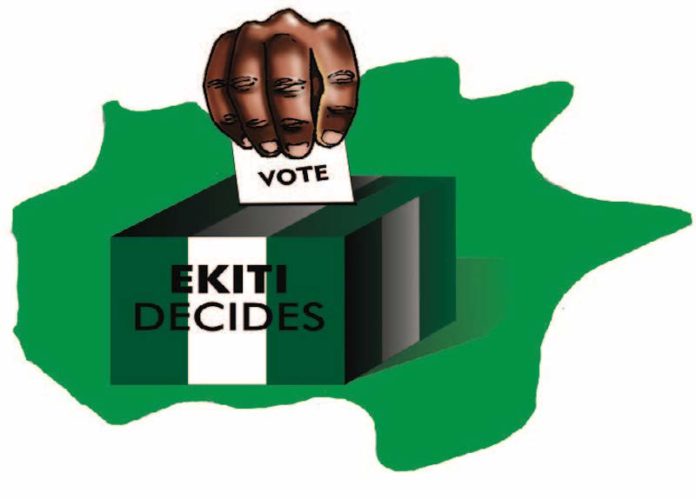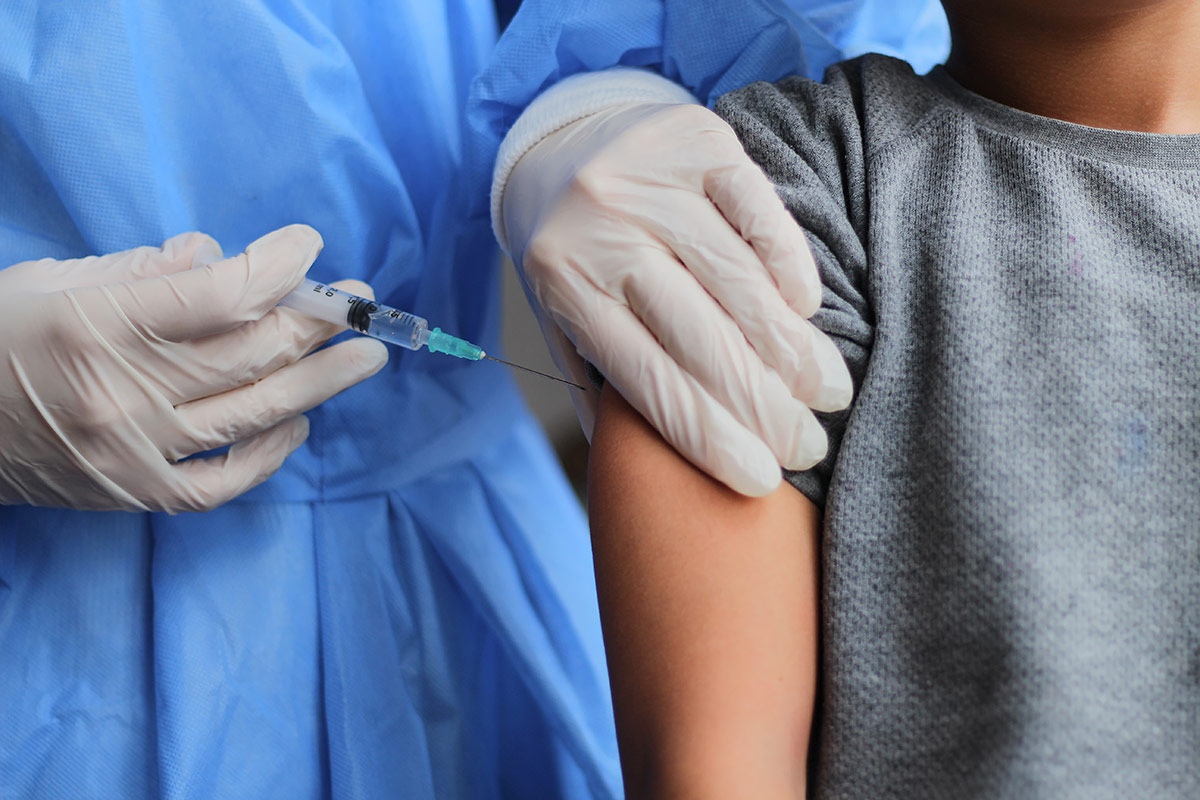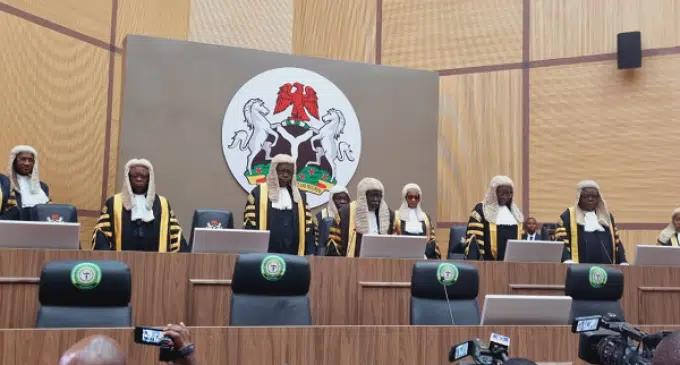The United States witnessed its first fatal commercial airline crash in 16 years on Wednesday night when an American Airlines passenger jet collided midair with a Black Hawk military helicopter over the Potomac River near Washington, D.C.
The devastating crash claimed the lives of all 64 passengers and crew aboard the jet, as well as the three crew members on the helicopter.
The cause of the collision remains unknown as federal investigators have just begun their probe. However, the tragic incident has reignited concerns over air traffic control and aviation safety in the U.S., especially given recent near misses involving commercial planes.
Safety Concerns Raised Amid Investigation
Aviation safety expert Anthony Brickhouse expressed dismay but not surprise at the accident, citing a troubling trend of close calls in recent years.
“I’m saddened, but I’m not surprised,” Brickhouse remarked. “In the last two to three years, we’ve had so many near collisions in and around airport environments. If changes aren’t made, eventually, tragedy strikes.”
Newly appointed Secretary of Transportation Sean Duffy echoed similar sentiments, asserting that the accident was entirely preventable.
“Obviously, it is not standard to have aircraft collide,” Duffy said during a morning press conference. “But prior to the collision, both the military and commercial aircraft were flying routine patterns within D.C. airspace.” When asked if the crash could have been avoided, Duffy responded, “Absolutely.”
Reactions from Officials and the Public
President Donald Trump weighed in on the tragedy through his Truth Social platform, questioning why air traffic control did not intervene to prevent the crash.
“It was a CLEAR NIGHT, the lights on the plane were blazing. Why didn’t the helicopter go up or down, or turn? Why didn’t the control tower tell the helicopter what to do? This is a bad situation that looks like it should have been prevented. NOT GOOD!!!” Trump posted.
Later, at a White House press conference, Trump called the accident a “tragedy of terrible proportions,” while also attributing blame to diversity, equity, and inclusion (DEI) hiring policies within the Federal Aviation Administration (FAA). When pressed by reporters, Trump admitted that the cause of the crash was still unknown but insisted that “common sense” pointed to DEI policies as a contributing factor.
Defense Secretary Pete Hegseth also expressed condolences to the victims’ families, while acknowledging the inherent risks of military aviation operations.
“The military conducts both dangerous and routine operations regularly,” Hegseth said. “Tragically, last night, a mistake was made.”
NTSB Leads Investigation
The National Transportation Safety Board (NTSB) has deployed 50 investigators to determine the cause of the crash, focusing on both mechanical and human factors.
“We are going to leave no stone unturned,” NTSB Chair Jennifer Homendy assured the public. “This is an all-hands-on-deck event. Our job is to investigate the facts thoroughly and accurately.”
NTSB board member Todd Inman stated that a preliminary report would be released within 30 days. “Our mission is to understand not just what happened, but why it happened, and to recommend changes to prevent future tragedies,” he said.
The agency has also begun briefing the victims’ families, many of whom are still making their way to Washington, D.C.
“Aviation accidents of this magnitude are rare in the United States,” an emotional Inman added. “Our heartfelt sorrow goes out to everyone affected. We will get to the truth.”
As investigations continue, the crash marks a somber end to what had been a 16-year streak of safe commercial airline operations in the U.S.

